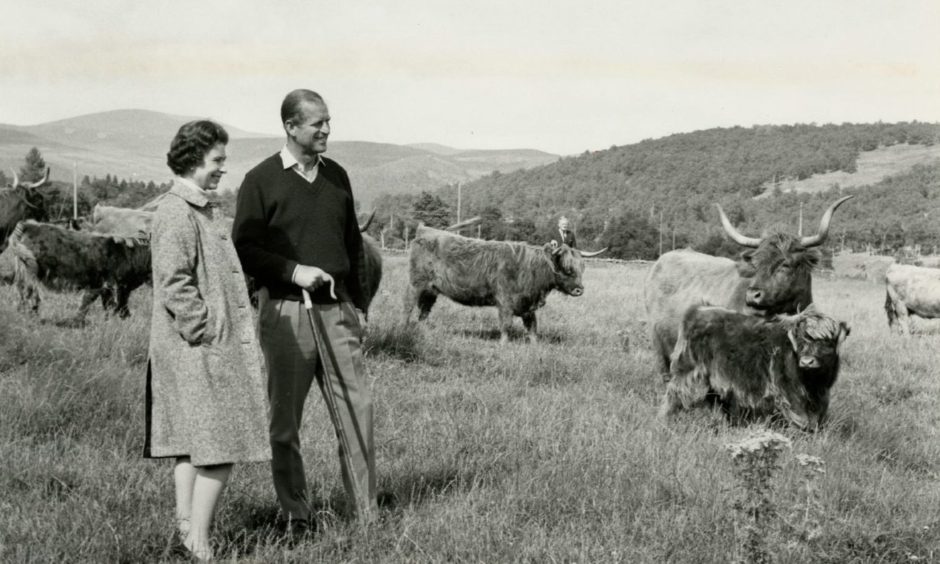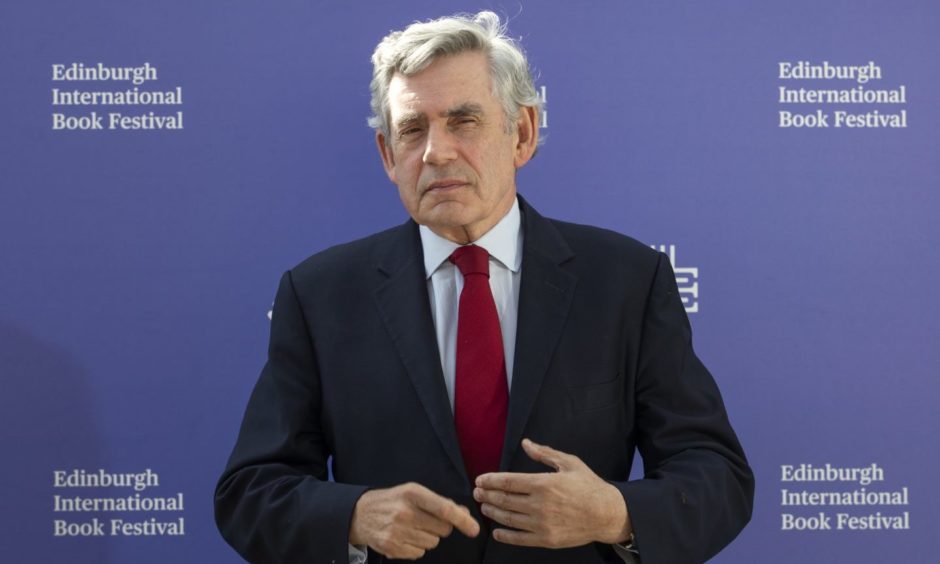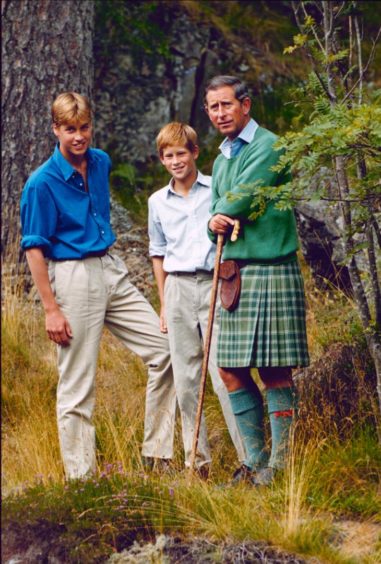Prince William has never been known for his fondness for Scotland.
That’s despite studying at the University of St Andrews and claiming in his recent speech at the General Assembly of the Church of Scotland: “The connection I feel to Scotland will forever run deep.”
The Queen and Prince Charles spend much of their free time at Balmoral and Birkhall respectively and undertake extensive public engagements here. By contrast, since William graduated from St Andrews in 2005, his trips north of the border have been short and infrequent and he is patron of not one Scots charity.
Speaking of the body blow that was the tragic loss of his beloved mother Diana, William said in “the dark days of grief that followed I found comfort and solace in the Scottish outdoors”.
But it seems that the hills of Aberdeenshire may remind him more of those dark days than provide any solace, as the Earl of Strathern seldom spends more than a week there with the Queen.
Indeed, William has has not even attended the Braemar Gathering (which the Queen never misses) since 2005 and even then, contrary to all royal tradition, he wore a suit not a kilt. He has not been seen in a kilt since he was a very young boy but he does occasionally wear a tartan scarf.
Soft power must be exercised with discretion
Presumably it was partially in order to raise Prince William’s profile in Scotland that he was persuaded to take on the role of Lord High Commissioner, and also to project the soft power of the monarchy in the cause of maintaining the union between Scotland and England.
But soft power has to be exercised with discretion – something William singularly failed to do when he recently decided to host Gordon Brown for a private meeting at Holyrood Palace.
At first, palace officials tried to stop Channel 4 filming the Brown motorcade entering the palace grounds. Then, realising that was futile, they included the meeting in the next day’s court circular to make the meeting official.
The semi-clandestine Edinburgh meeting with Brown is all the stranger given that William was unable to squeeze Brown (or Tony Blair) onto the 1,900 person guest list at the royal wedding in 2011. Nor is the dour, scholarly Brown known for his delight in making polite chit chat with royalty.
Constitutional monarchy can only survive if it stays above the fray
It is therefore reasonable to presume that the meeting with the former prime minister was for a serious purpose, almost certainly to set out his plans on how to save the union. Alex Salmond called out the meeting for that very reason, saying it would “be foolish to have a situation in which it can be said that the monarchy is involved in the Scottish Constitutional debate.”
Whatever one’s views on either the monarchy or Scottish independence, Salmond is undoubtedly correct on this.
A constitutional monarchy can only survive if it stays above the constitutional fray. Any attempt to “weaponise” the royal family for the preservation of the union is doomed to fail. It will blow up in the face of royalty and can only harm the popularity of the monarchy.
If Prince William aspires to one day be the king of the United Kingdom, rather than merely of England alone, he would be well advised never again to act in a way which seems to favour unionism over Scottish independence. Careless talks cost crowns.
Scott Crichton Styles is Senior Lecturer in Law at Aberdeen University




